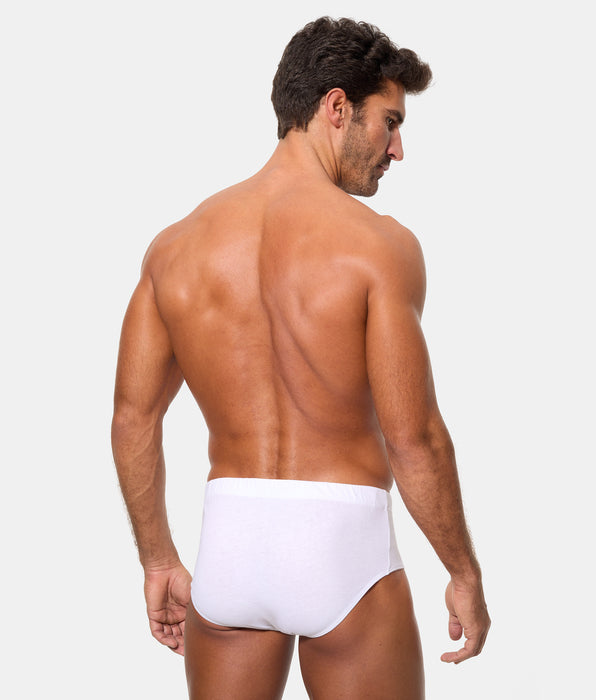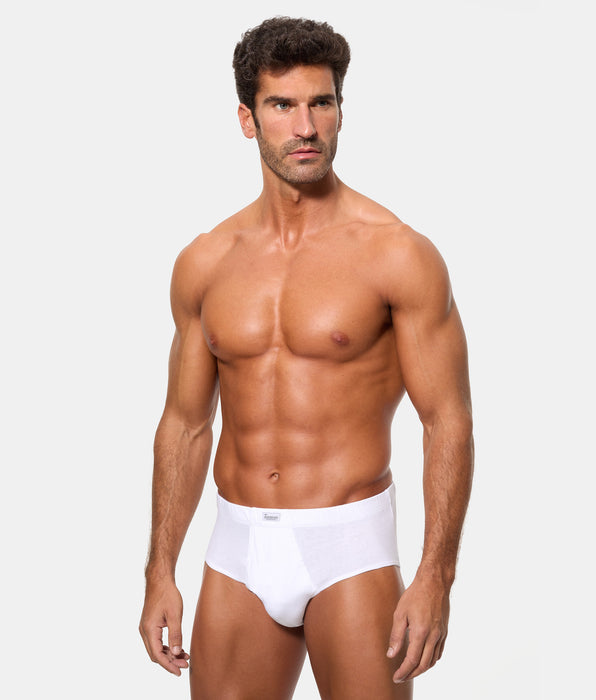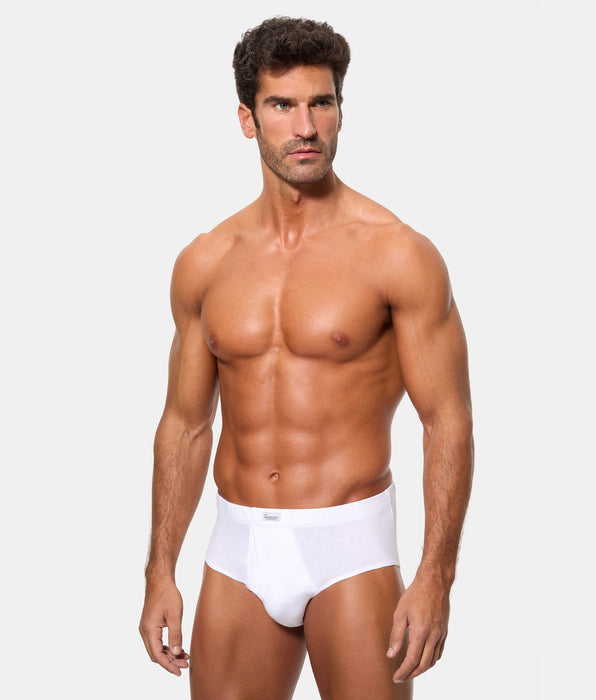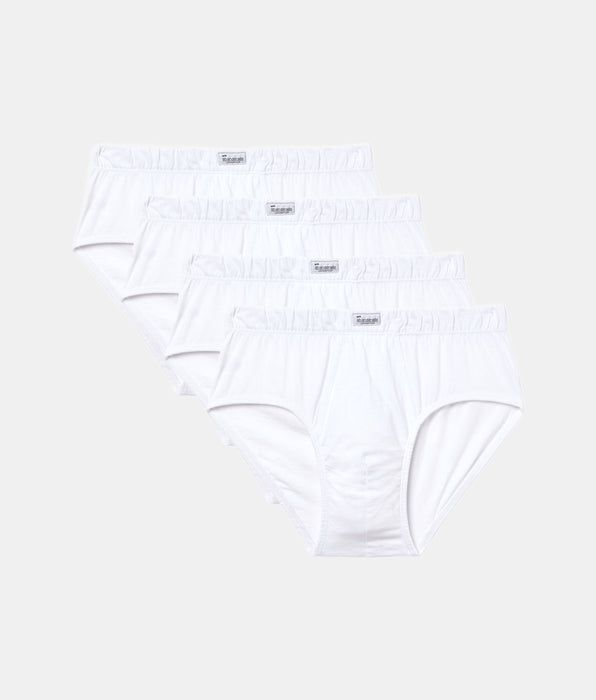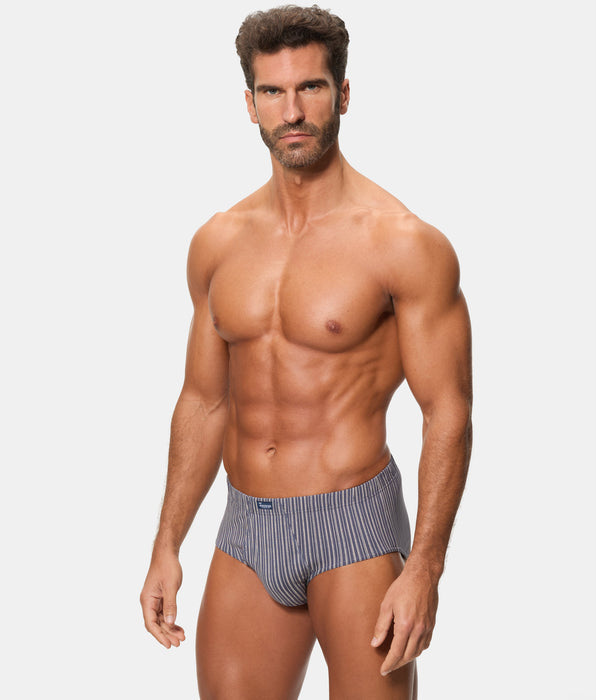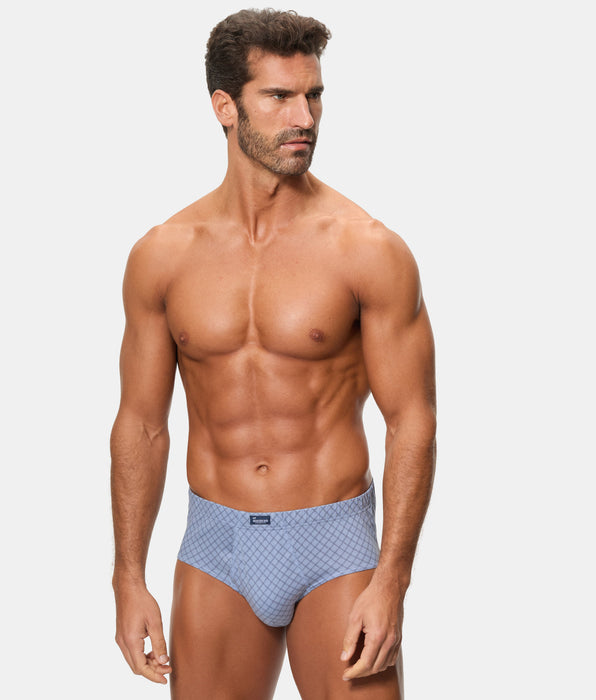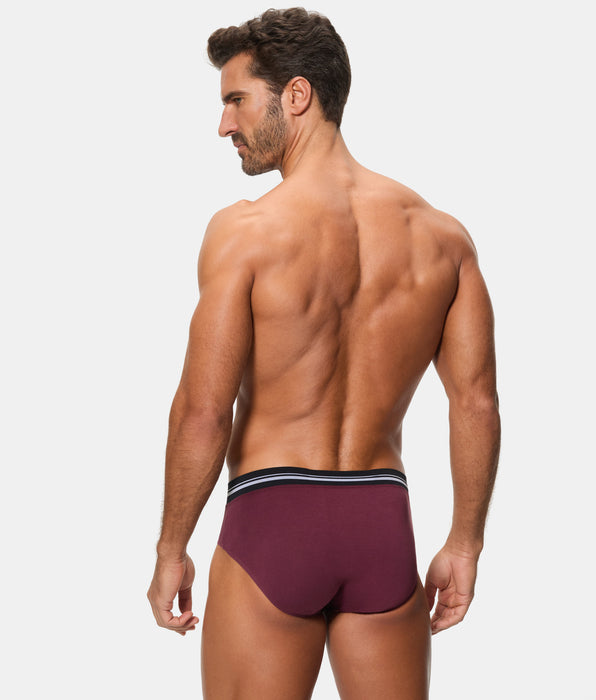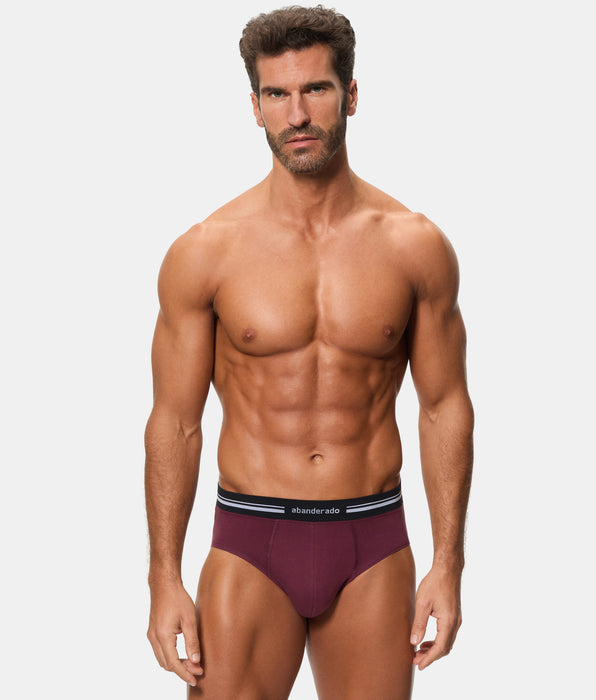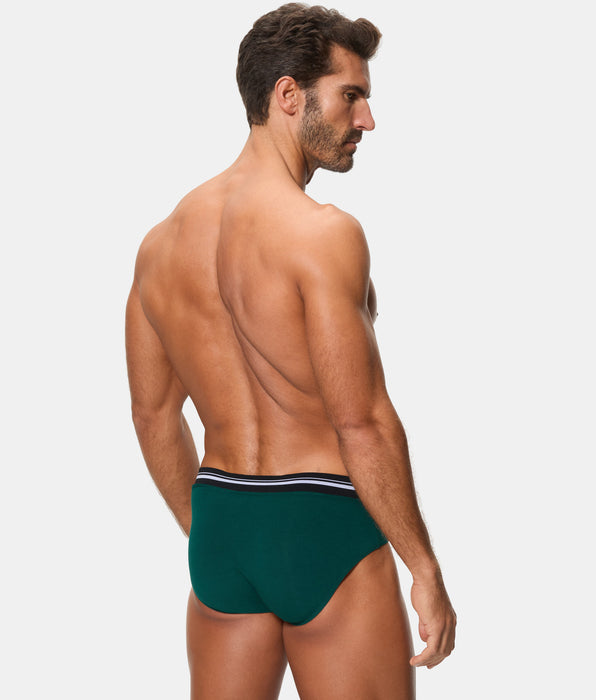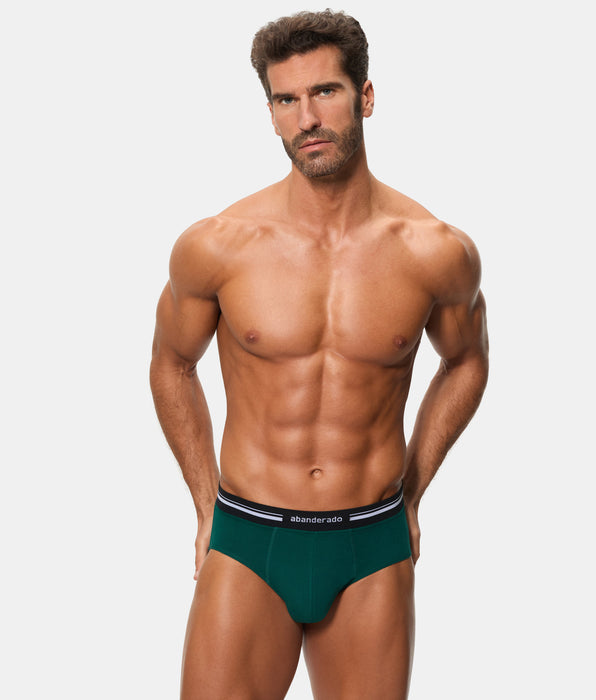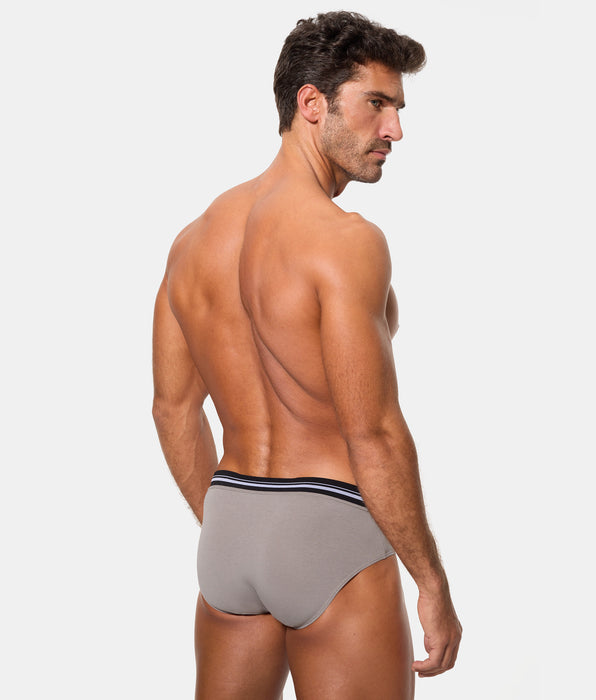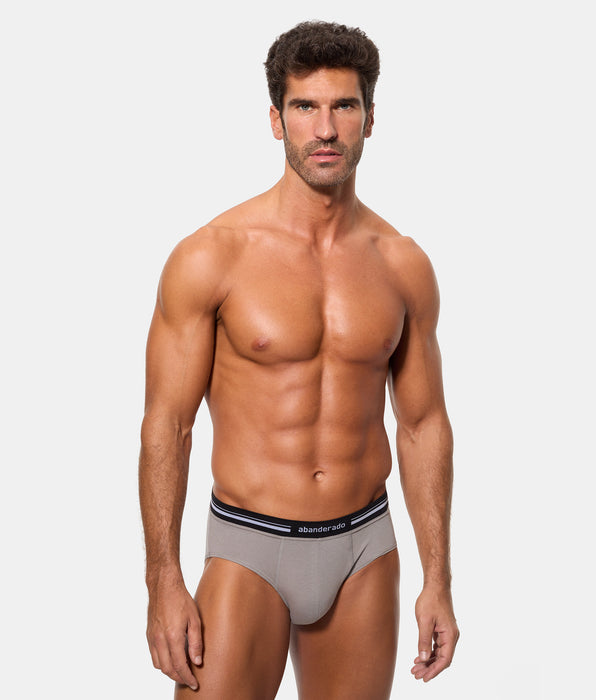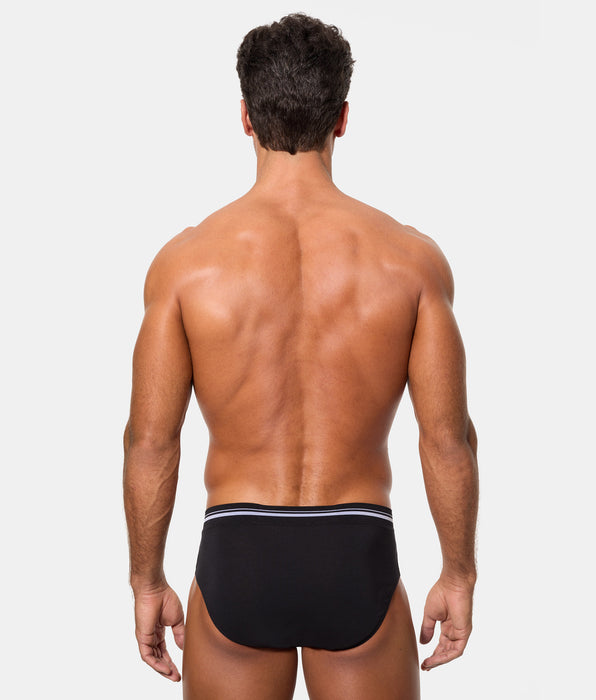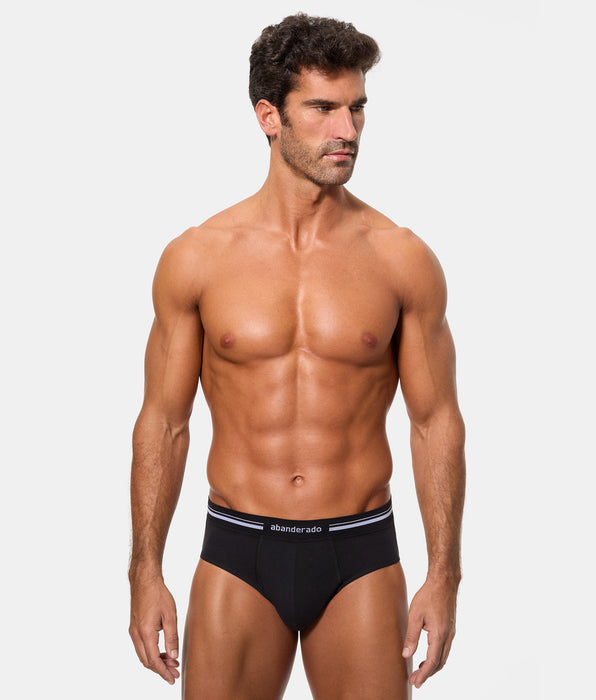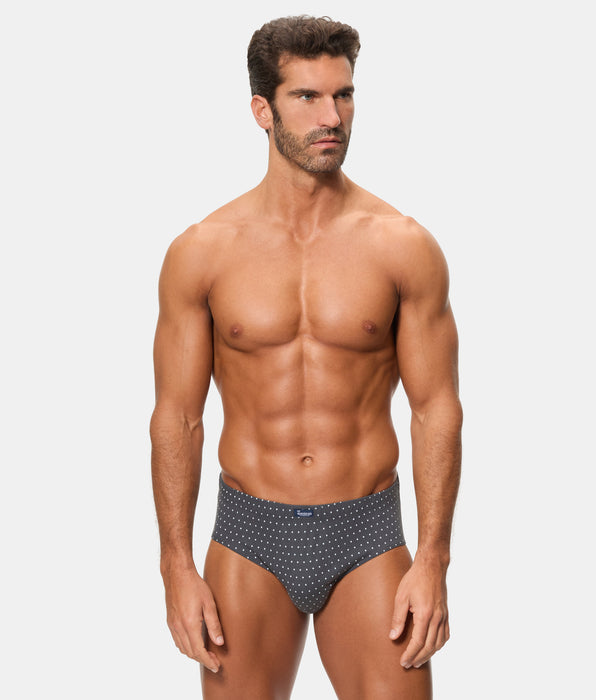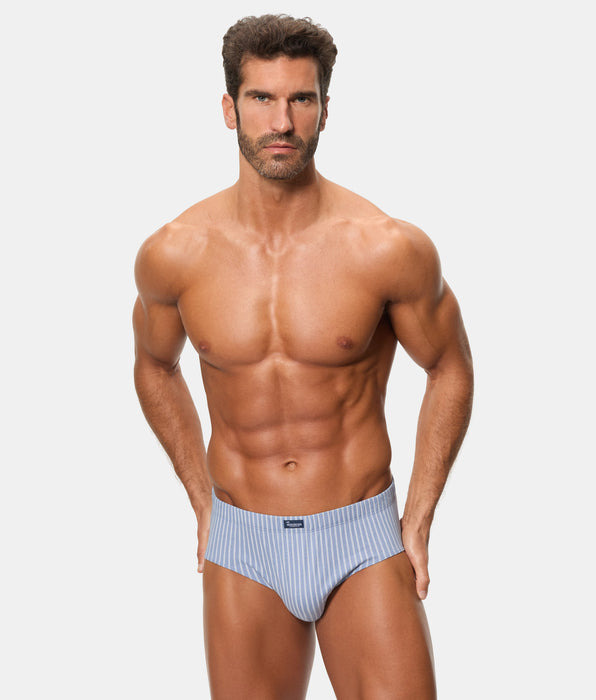What is polyester?
Polyester is a synthetic fabric derived from petroleum, specifically from an aromatic hydrocarbon called styrene , combined with other chemical compounds. Its production process is called polymerization. The first polyester fiber was manufactured in the 1930s in England. The 1950s marked the golden age of polyester fiber. However, over time, blends of polyester with other fabrics have taken center stage, as their properties have improved.The cotton and polyester blend results in a durable, easy-care, and affordable fabric.
Advantages and disadvantages of polyester
Since its inception, polyester has been used in various industries, taking advantage of its many qualities. Specifically, this highly moldable and moisture-resistant plastic resin is widely used in the textile industry. These are the main advantages and disadvantages of polyester.What are the advantages of polyester in clothing?
- The production process of polyester fiber is very economical and simple .
- You save on ironing, since polyester garments don't wrinkle . Not only that, but they require virtually no maintenance, as they wash easily and dry quickly.
- It does not shrink or deform.
- It can be mixed with other fabrics . The combination of polyester and cotton is especially interesting, improving its breathability, softness, and comfort.
- Polyester garments are very durable and resistant .
- Polyester is dyeable in all types , offering a wide range of aesthetic options to the textile industry. In fact, prints on polyester are very common, both in clothing and home textiles.
- It withstands exposure to sunlight without fading .
- It's a waterproof fabric that retains body heat, making it perfect for making outerwear to combat low temperatures.

What disadvantages does polyester have compared to cotton?
- The main disadvantage of polyester is that it's less breathable than cotton. In this sense, cotton is much more recommended for garments that come into contact with the skin. That's why at Abanderado we have our Classic Collection , made with a 50% cotton and 50% polyester blend, bringing together the best of both worlds.
- It is prone to static electricity generation .
- Its feel is less soft than cotton. This ultra-soft texture makes cotton a preferred fabric for Abanderado's underwear collections.
- In terms of sustainability and environmental preservation, polyester manufacturing is associated with a more significant environmental impact. This is especially true when compared to organic cotton farming, which uses no pesticides and utilizes efficient water management.


